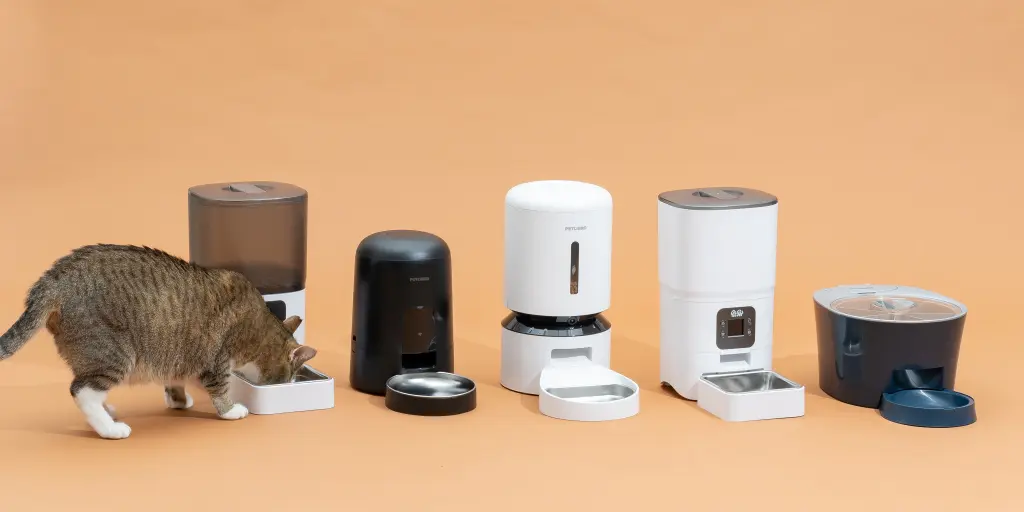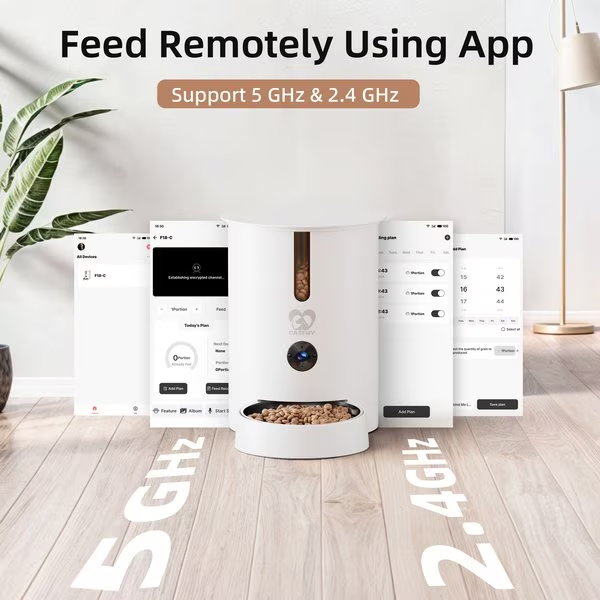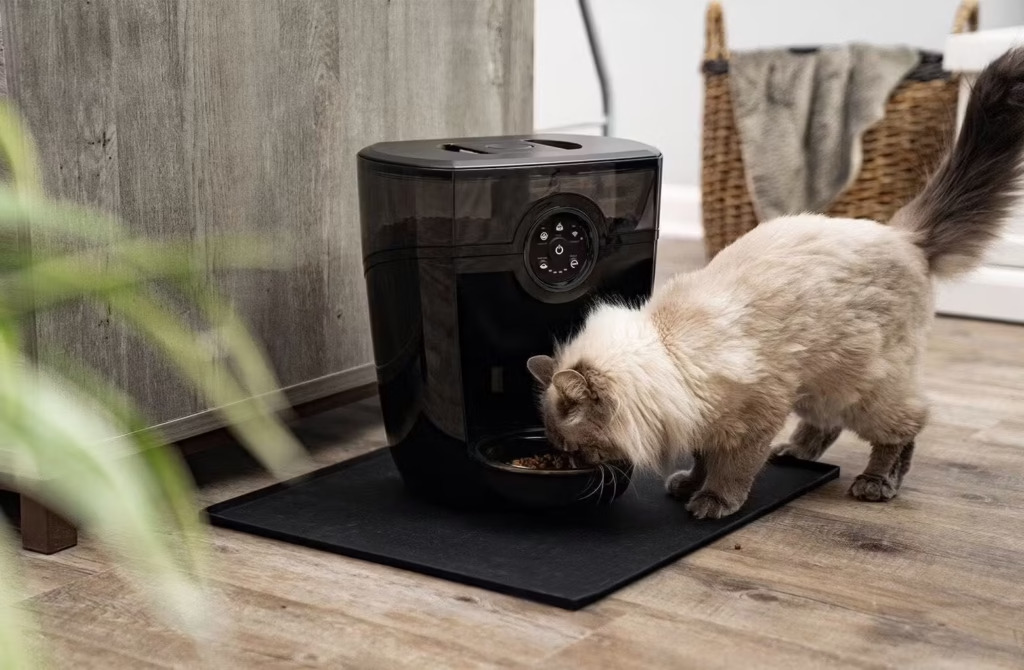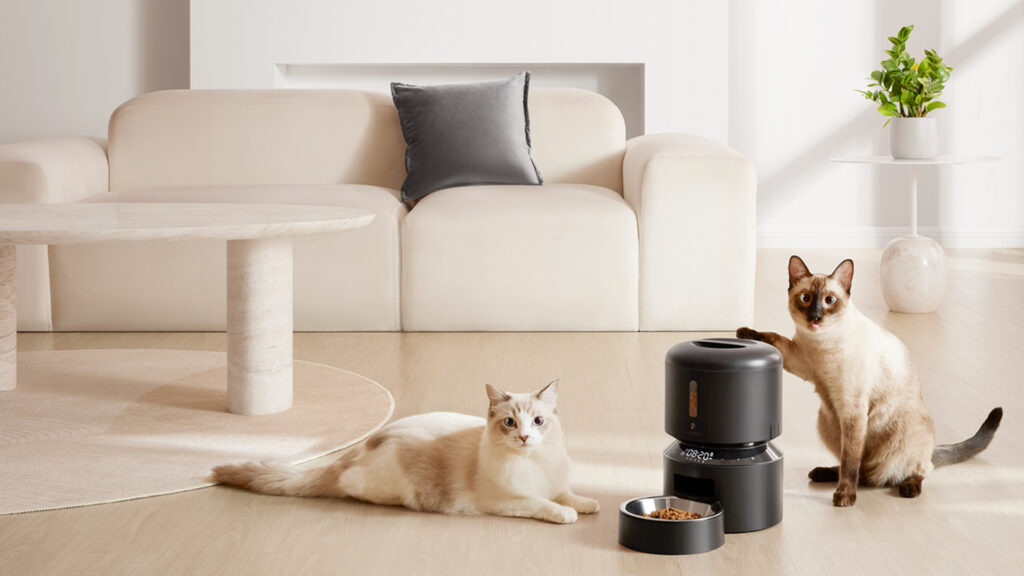What Is the Best Wet Cat Food? The Ultimate 2025 Guide for Cat Parents
If you've ever stood in the pet food aisle staring at dozens of cans, you've probably asked yourself: what is the best wet cat food for your furry friend? With so many choices—pâté, gravy, mousse, grain-free, indoor formulas, kitten blends—it can feel overwhelming. Wet food (also called canned food) is often recommended by veterinarians because it's high in moisture, closer to a cat's natural diet, and easier to digest. But not every canned food is created equal.
This comprehensive guide will help you understand what makes wet food healthy, how to choose the right formula for your cat's needs, and what to avoid. Whether you're raising a playful kitten, caring for an indoor lap cat, or managing a senior with special dietary requirements, this article will give you the knowledge to make the best choice.

Why Wet Food Matters for Cats
Cats are descendants of desert animals and naturally have a low thirst drive. This means they often don't drink enough water. Wet food provides 70–80% moisture, helping prevent dehydration and reducing the risk of urinary tract issues.
Cats are obligate carnivores, meaning they thrive on animal protein. Wet food usually contains higher levels of meat-based protein compared to dry kibble. It more closely mimics the texture and nutritional profile of what cats would eat in the wild.
Soft, moist food is easier on sensitive stomachs, older cats with dental issues, and kittens with small teeth. The high moisture content also helps with digestion and nutrient absorption.
Because of its water content, wet food makes cats feel fuller with fewer calories, making it an excellent choice for indoor or overweight cats. It helps maintain a healthy weight while providing proper nutrition.
What Is the Best Canned Cat Food?
When asking what is the best canned cat food, you need to look beyond flashy packaging. The healthiest choices share some key features:
- High-quality animal protein (chicken, turkey, beef, salmon, tuna, etc.) listed first
- Low carbohydrate content (cats don't process carbs well)
- Added taurine for heart and eye health
- Essential fatty acids for skin and coat health
- No artificial preservatives, flavors, or colors
What to Look for in Wet Cat Food
| Feature | Why It Matters | Good Example Ingredient | Avoid |
|---|---|---|---|
| Protein First | Cats need meat-based protein | Chicken, salmon, turkey | Corn gluten meal, soy protein |
| Moisture | Supports hydration | 70–80% | Below 65% |
| Taurine | Essential amino acid | Naturally in meat | Missing or not supplemented |
| Carbs | Cats can't digest well | Low/no grains | Wheat, corn, rice fillers |
| Additives | Can harm digestion | Natural vitamins | Artificial colors & flavors |
What Is the Healthiest Wet Cat Food?
When searching for the healthiest wet cat food, look for formulas that balance protein, fats, and essential nutrients without unnecessary fillers.
Look for foods labeled "complete and balanced" that meet AAFCO standards for your cat's life stage. This ensures all nutritional needs are met.
Choose foods with animal protein as the first ingredient. Cats need high-quality protein from meat sources rather than plant-based proteins.
Look for omega-3 and omega-6 fatty acids for healthy skin and coat. These nutrients also support immune function and reduce inflammation.
Quality wet foods are fortified with essential vitamins like A, D, E, and minerals like calcium and phosphorus for overall health.
Healthy wet foods also come in different textures—pâté, shredded, chunks in gravy, or mousse—so you can choose based on your cat's preferences.
Wet Cat Food Comparison Table
| Food Type / Style | Best For | Key Features | Check on Amazon |
|---|---|---|---|
| High-Protein Pâté | Kittens, Seniors, Cats with dental issues | Smooth texture, high animal protein, fortified with taurine, easy to digest | Check Price |
| Chunks in Gravy | Picky eaters, Adult cats | Moist pieces in sauce, high moisture content, moderate calories | Check Price |
| Shredded Meat Style | Cats who prefer meat texture | Real meat shreds, low carbs, high protein, added omega fatty acids | Check Price |
| Mousse / Smooth Blends | Cats with dental or medical needs | Ultra-soft texture, high moisture, easy to swallow | Check Price |
| Limited Ingredient / Grain-Free | Cats with sensitive stomachs | Single or few protein sources, no grains, minimal additives | Check Price |
| Weight Management Formulas | Indoor, overweight cats | Lower fat, high fiber, maintains lean muscle, high moisture | Check Price |
| Kitten Growth Formulas | 0–12 months kittens | High protein & calories, DHA for brain & eye development, soft texture | Check Price |
| Senior Support Formulas | 7+ years, less active cats | High protein, lower calories, joint-support nutrients, easy to chew | Check Price |
What Is a Good Wet Cat Food for Indoor Cats?
Indoor cats burn fewer calories than outdoor cats. They are also more prone to weight gain, hairballs, and urinary issues. When choosing the best wet cat food for indoor cats, focus on:
Serve two to three smaller wet meals daily instead of one large one. This mimics natural hunting and grazing behavior while preventing overeating.
What Is the Best Wet Food for Kittens?
Kittens have higher energy needs than adults and require food that supports growth and development. The best wet food for kittens should include:
Kittens need more protein to fuel their rapid growth and development. Look for formulas with at least 30% protein.
DHA (an Omega-3 fatty acid) supports brain and eye development in growing kittens.
Kittens have delicate digestive systems, so easily digestible ingredients are essential.
Small bite sizes and softer textures make it easier for kittens to eat and digest their food.
Feeding wet food to kittens also helps them stay hydrated and makes weaning easier when transitioning from mother's milk.
What Is the Best Quality Wet Cat Food?
If you're looking for the best quality wet cat food, focus on products that are:
- Grain-free or limited-ingredient formulas
- Ethically sourced ingredients
- Human-grade or minimally processed
- Vet-approved recipes that meet all AAFCO standards
High-quality food often comes at a premium price, but the investment pays off in better health, fewer vet bills, and a happier cat.
Different Types of Wet Cat Food
Smooth and soft texture, ideal for kittens, seniors, and cats with dental problems. Easy to eat and digest.
Moist pieces in sauce—cats love the taste, but be mindful of fillers in gravy that might contain unnecessary carbs.
Looks like real meat, often higher quality, great for picky eaters who prefer texture variety.
Extra smooth texture, often used for cats with medical or dental issues. Easy to lap up and digest.
Buyer's Guide: How to Choose the Best Wet Cat Food
When buying wet cat food, always check these important factors:
Protein should be the first ingredient. Avoid by-products and unnamed meat sources. Look for specific proteins like "chicken" or "salmon" rather than generic "meat".
Check protein, fat, fiber, and moisture percentages. Higher protein and moisture with lower carbs is ideal for cats.
Choose food appropriate for your cat's life stage: kitten, adult, or senior. Each has different nutritional requirements.
Follow recommended portions based on weight and activity level, but adjust as needed for your cat's metabolism.
Consider special formulations for weight management, urinary health, or sensitive stomachs if your cat has specific needs.
Feeding Guidelines by Age & Lifestyle
| Life Stage | Feeding Frequency | Key Considerations |
|---|---|---|
| Kittens (0–12 months) | 3–4 small meals daily | Choose calorie-dense kitten formulas with DHA for development |
| Adult Indoor Cats | 2–3 meals daily | Watch portion sizes to prevent obesity; consider weight management formulas |
| Senior Cats (7+ years) | 2–3 meals daily | Choose senior formulas with joint support; lower calories but maintain high protein |
Common Mistakes When Feeding Wet Cat Food
Avoid these common mistakes:
- Free-feeding canned food: Wet food spoils quickly when left out. Remove uneaten food after 30 minutes.
- Switching brands abruptly: Transition slowly over 7-10 days to avoid stomach upset.
- Ignoring portion sizes: Even with wet food, portion control is essential to prevent weight gain.
- Assuming all "grain-free" foods are healthy: Some grain-free foods use other high-carb fillers instead.
Frequently Asked Questions
Conclusion
So, what is the best wet cat food? The answer depends on your cat's age, health, and lifestyle. Kittens need nutrient-dense growth formulas, indoor cats do better with weight-management blends, and seniors thrive on high-protein, joint-support diets. The healthiest canned cat food is always high in animal protein, rich in moisture, fortified with taurine, and free from unnecessary fillers.
By making the right choice, you're not just filling a bowl—you're investing in your cat's long-term health, happiness, and well-being. Remember to consult with your veterinarian for personalized recommendations based on your cat's specific needs.
With this comprehensive guide, you're now equipped to navigate the pet food aisle with confidence and choose the best wet food for your feline companion.




